A woman is like a tea bag: You can’t tell how strong she is until you put her in hot water. – Eleanor Roosevelt
Ellen Easton was born for hot water. Mornings, she rises early to walk one of the now mainly deserted thoroughfares of Manhattan before like-minded others stir, then returns to her apartment to follow New York state Gov. Andrew Cuomo’s mandate to self-isolate in this time of the coronavirus and begin a day of writing and editing. After a career in real estate, Easton, who was raised in Westchester County, “decided to follow my heart” and become a writer. She was advised then to write about something she knew well, something she was passionate about. That something was tea.
Unlike grab-and-go coffee or high-pressured cocktails, tea, Easton says, is soothing, at once solitary and social. It is a genteel way of navigating the day — and starting a revolution.
“Afternoon tea was born in friendship,” says Easton, who is the author of “Afternoon Tea: Tips, Terms and Traditions” and “Tea Travels for the Holidays” (both Red Wagon Press) as well as the “Tea Travels” column for the culinary website What’s Cooking America. “One of the most important aspects of afternoon tea has been its empowerment to women,” she adds, noting that it was an 1848 tea party in Waterloo, New York, that established the suffragists’ and abolitionists’ movements. “It’s one of the few industries that enabled them to work.”
Last month, Easton was scheduled to talk about “The Artistry of Afternoon Tea: Ritual, Etiquette and Fashion” at Lockwood-Mathews Mansion Museum in Norwalk, an event that like so many others was cancelled due to COVID-19. She looks forward to returning next year.
In the meantime, Easton says, you can enjoy a cuppa with a friend on the phone or online. (Bigelow Earl Grey Green Tea, with its citrusy notes of bergamot, is a favorite. Indeed, she says the Fairfield, Connecticut-made Bigelow, whose president and CEO Cindi Bigelow was the subject of a WAG cover, makes the highest quality tea, along with Republic of Tea.) Or you can have a virtual afternoon tea party. (See sidebar.)
All about tea
But first, more on tea and the role Easton’s maternal line has played in its success around the world. Tea is a roughly 5,000-year-old beverage created in China originally for medicinal purposes — although when it comes to tea’s therapeutic properties, the jury appears to be still out.
“Just because something is natural and organic doesn’t mean it’s healthy,” Easton says.
All tea comes from the Camellia sinesis, a type of evergreen shrub native to East Asia, with white tea being the purest, followed by green, oolong and red/black, the last being the most oxidized. These types result from how the leaves are processed, she says.
“Tea is an infusion, but not all infusions are tea,” Easton adds. So while rooibos — made from the robust leaves of Aspalathus linearis, a South African red bush — is a popular herbal “tea” nowadays, particularly with those looking for something high in antioxidants, it is not actually tea.
An herbal infusion that Easton particularly likes is the bluish one made with the butterfly-pea flower (Clitoria ternatea) of Southeast Asia. These herbal infusions are good for those who must watch their caffeine intake. Tea has the same amount of caffeine per pound as coffee, but the yield per cup is different, with about 50 cups of coffee per pound as opposed to 150 to 200 for tea. So tea has as much as 75 percent less caffeine per cup than coffee.
That cup, by the way, should be ceramic (porcelain, earthenware, bone china) or at least glass. “Paper is a last resort,” Easton says. “You need a mug.”
Never brew tea in a metal pot, as the alloys in the metal interfere with the enzymes in the tea. The idea of brewing tea in a silver pot was purely political, she adds, stemming from 18th-century England’s rule of India with its abundance of tea plantations and silver mines.
However, your sterling silver teapot is perfectly good for keeping the water hot as it acts as a thermos, Easton says. She herself uses a saucepan, bringing the water to a light bubble (what the Chinese call crab eye) for white tea, a bigger bubble (fish eye) for green or oolong and a “full roiling boil” for black. The Chinese call this old man’s tea, because by the time you make it, youth has presumably fled.
Follow the vendor’s instructions for brewing tea your first time out with a brand, she says, adding more tea for a stronger brew or more hot water for a weaker one.
As for when to add milk or cream, there is no right or wrong way, she says. When tea was first introduced to Europe in the 16th and 17th centuries, milk was used to temper the continent’s soft-paste ceramics so the hot tea wouldn’t crack the pot.
Tea in her veins
Listening to such nuggets from Easton is like taking a tea master class. Clearly, she is, ah, steeped in tea, which runs through her blood. In the 1830s, a group of her maternal ancestors introduced tea plants from China and India to Ceylon, establishing one of the first tea estates in what is now Sri Lanka. A group of cousins came to Harlem and founded The National Urn Bag Co. in the late 1800s. The company, which became one of the largest distributors in the United States, invented the first industrial tea bag in 1913.
“That,” Easton says, “revolutionized the sanitary process of mass tea distribution.” (American tea importer Thomas Sullivan is among those credited with introducing the actual tea sachet, his silk tea pouches proving irresistible for dunking in 1908.)
Another branch of the maternal line served as father-and-son lord mayors of London under Queen Victoria. Almina Herbert — Countess of Carnavon and onetime mistress of Highclere Castle, the setting for “Downton Abbey” — is a distant relative. No doubt the countess presided over many an afternoon tea, as did Easton’s great-grandmother. One of the first female photographers, she hosted an open house Sunday afternoon tea in the Oklahoma Territory in the 1890s.
Easton’s mother, Reva Paul, a confectionary artist known as “the Monet of sugar art,” taught professional chefs and, in the 1980s, created a private label confectionary line for Neiman Marcus and Saks Fifth Avenue.
Is it any wonder then that her daughter would be creating the Waldorf Astoria’s and Plaza’s afternoon teas programs in the 1990s and the first decades of this century respectively? Easton also devised the etiquette program at The Plaza.
While she has served as a consultant for the Fairmont, Hilton, Ritz-Carlton and Taj hotels, Easton says she most enjoys introducing tea to underprivileged children and helping abused women start their own cake businesses.
It brings the empowering aspect of this most genteel beverage full circle, while suiting Easton to a “tea.”
A virtual afternoon tea
We Americans often confuse afternoon and high tea.
Despite its hoigty-toigty name, high tea was really a workingman’s supper, another invention of the Industrial Revolution, served from 5 to 7 p.m. Afternoon tea was an 1840 creation of Anna Russell, seventh Duchess of Bedford, who, feeling a might peckish between lunch and dinner at 8, would have tea, sandwiches and cakes brought to the salon off her bedroom in the late afternoon. Soon she was inviting friends to share this and conversation.
That’s hard to do in the days of social distancing. But you and your friends can create a virtual afternoon tea party.
Tea expert Ellen Easton says you’ll want to make three courses of goodies to fill a three-tier curate stand, if you have one. Begin with three types of finger sandwiches — cucumber with mint butter on white bread, chopped egg on grain and smoked salmon with dill on dark. (Though consumed first, the sandwiches go on the second tier of the stand, their crusts trimmed.) Next are the biscuit-sized scones, to be served with clotted cream and fruit preserves. (They go on top of the stand and should be covered to remain warm.) The bottom tier and last course are reserved for the petite sweets — fruit tarts, lemon poppy seed cakes, shortbreads, fruit gelatins and chocolates, the last being introduced to the tea in 1904.
Not up for such a formal tea? Devise a menu of your favorites.
Lay your table with your tea set or china, silver and linens. Accent it with some flowers from the garden, arrayed perhaps in an extra teapot. Ultimately, afternoon tea is not just about foods and wares. It’s also about ritual, etiquette and fashion, yes, but most important, sharing. So put on your best tea-length dress or spring suit and get ready for your Skype or FaceTime close-up.
For more, see Ellen Easton’s “Afternoon Tea: Tips, Terms and Traditions.” And look for her columns at whatscookingamerica.com.

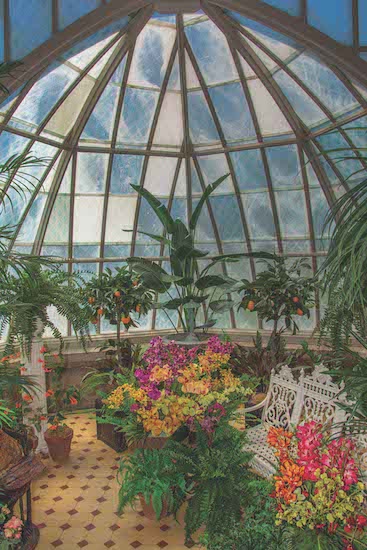
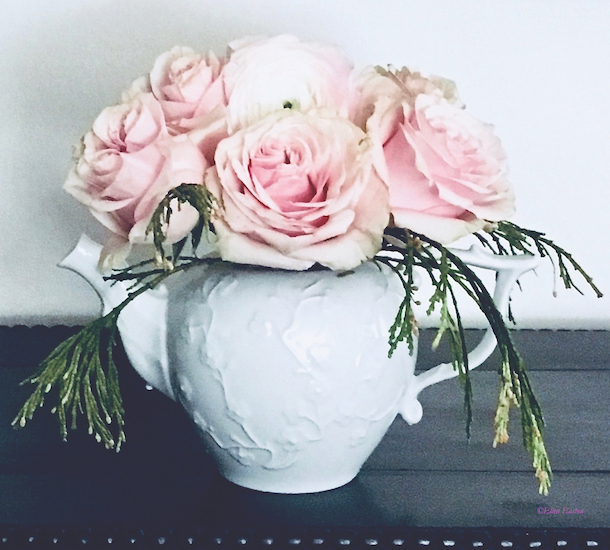
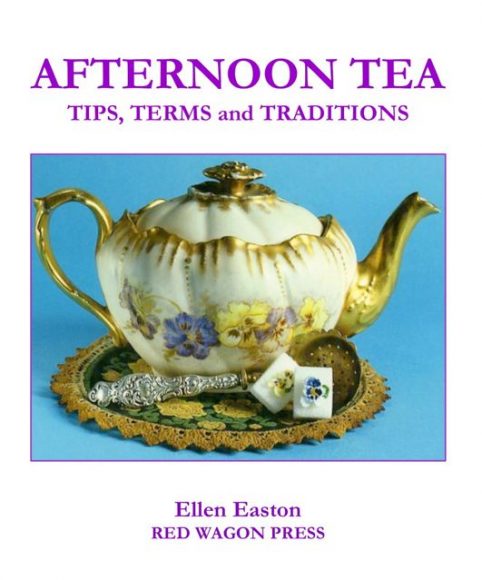
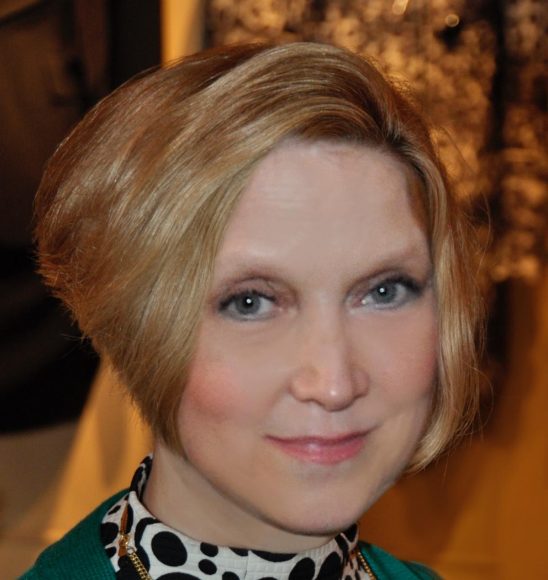
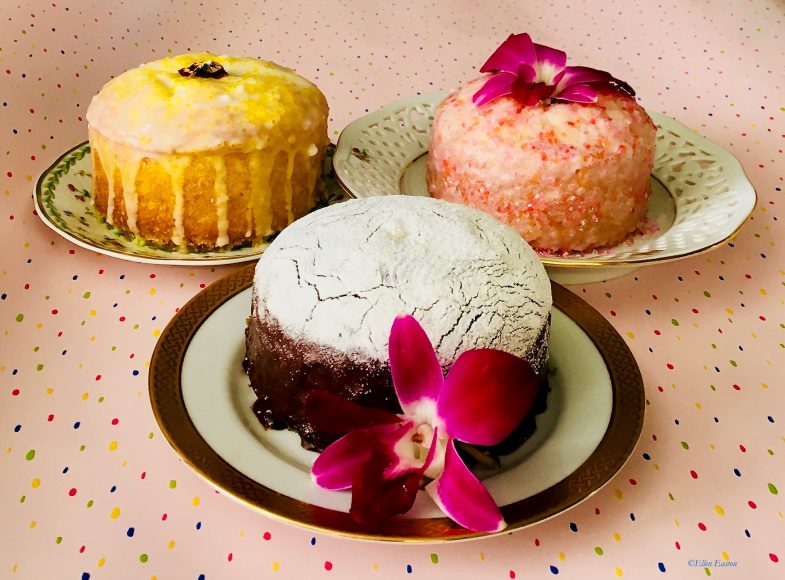
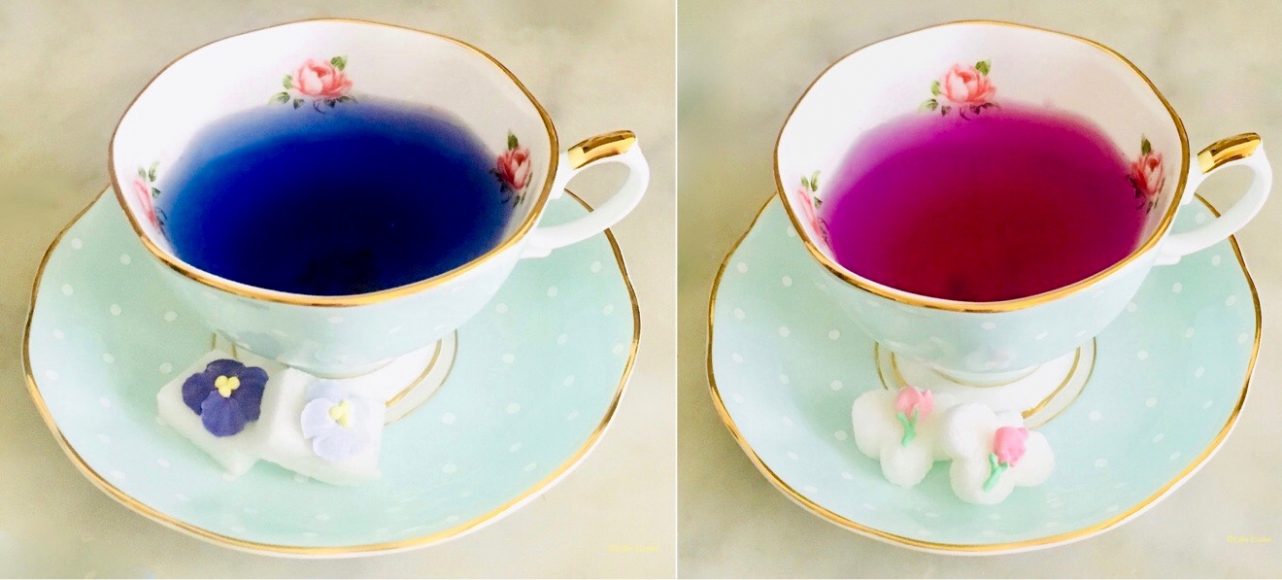

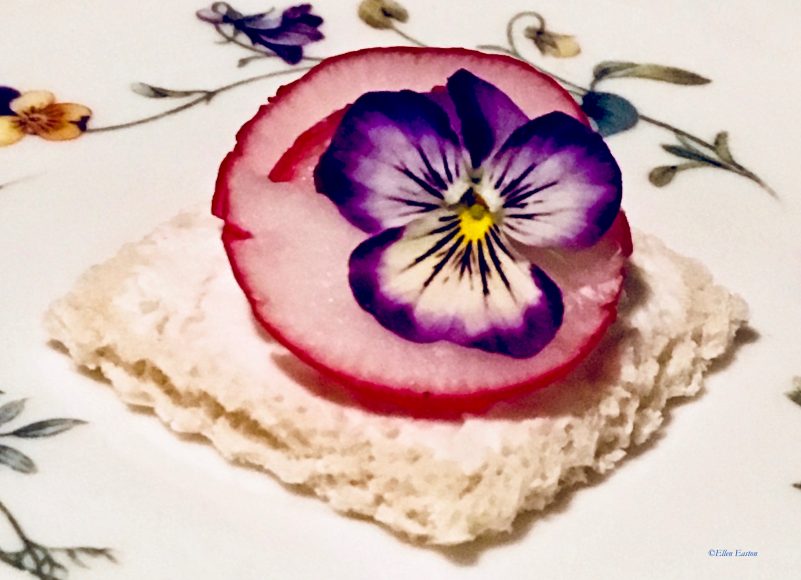


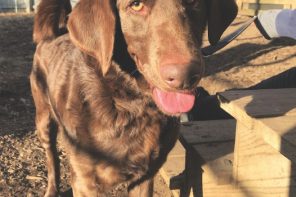
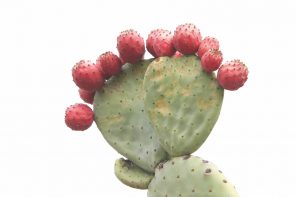
Thank you, Georgette, for your lovely profile in Wag Magazine. I so appreciate you taking the time to accurately convey to your readers all that we discussed on the nuisances of afternoon tea. Wishing all many afternoons of tea and conversation. Kind regards, Ellen Easton
Thank you, Georgette, for accurately conveying my information to your readers. May all have afternoons filled with good friends. Ellen Easton
Ellen is a wonderful person all that you say and much more. Elegant poised strong and truthful. It is a Privilege to be her friend.